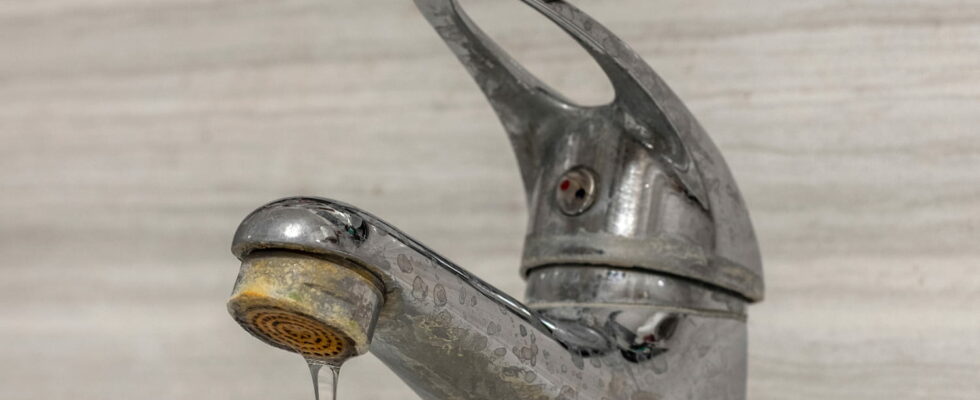This is definitely the best way to remove limescale. And you probably already have the ingredients in your cupboard.
Keeping a clean and sparkling kitchen is not always an easy task! Between the traces of food on the hobs, the fingerprints on the cupboard doors and the limescale which builds up at breakneck speed in the sink, we have the impression that we spend our time cleaning the kitchen. So, simple tips to save time and avoid having to scrub are always welcome, especially when it comes to removing limescale!
Limescale is a deposit left by hard water rich in minerals like calcium and magnesium. Over time, it accumulates on surfaces in contact with water, leaving unsightly white marks and making cleaning tedious. A simple sponge and white vinegar are not enough to make it disappear completely.
But good news, we have a homemade trick loved by our grandmothers that not only promises to bring the sink back to life in just a few minutes, but above all, you won’t have to scrub. Magical, no? And for this technique, you probably already have everything in your cupboard. Sometimes the simplest ingredients are the best. This is what this effective method proves to us. So don’t spend the money on harmful anti-limescale products sold on the market and choose this recipe loved by our ancestors.
The secret lies in the combination of three simple ingredients found in almost every kitchen: white vinegar, known for its descaling and disinfecting properties, lemon, rich in citric acid, and water. Mix 250 ml of white vinegar, the juice of a lemon and 250 ml of water in a container.
Heat everything for 30 seconds in the microwave. Then pour the mixture into a spray bottle for more convenient application. Apply to surfaces: Spray the mixture generously on areas affected by limescale, such as taps and the sink.
Leave the product to act for around twenty minutes so that it can break down the limescale deposits. During this time, the citric acid from the lemon and vinegar will work to break down any limescale particles that have adhered to the metal, making it much easier to clean. Once the time has elapsed, simply wipe with a damp microfiber cloth to remove the residue, then rinse with clean water. For the faucet, use an old toothbrush to remove limescale stuck in the corners. Finally, rinse with clean water and wipe with a dry cloth to avoid further marks.
